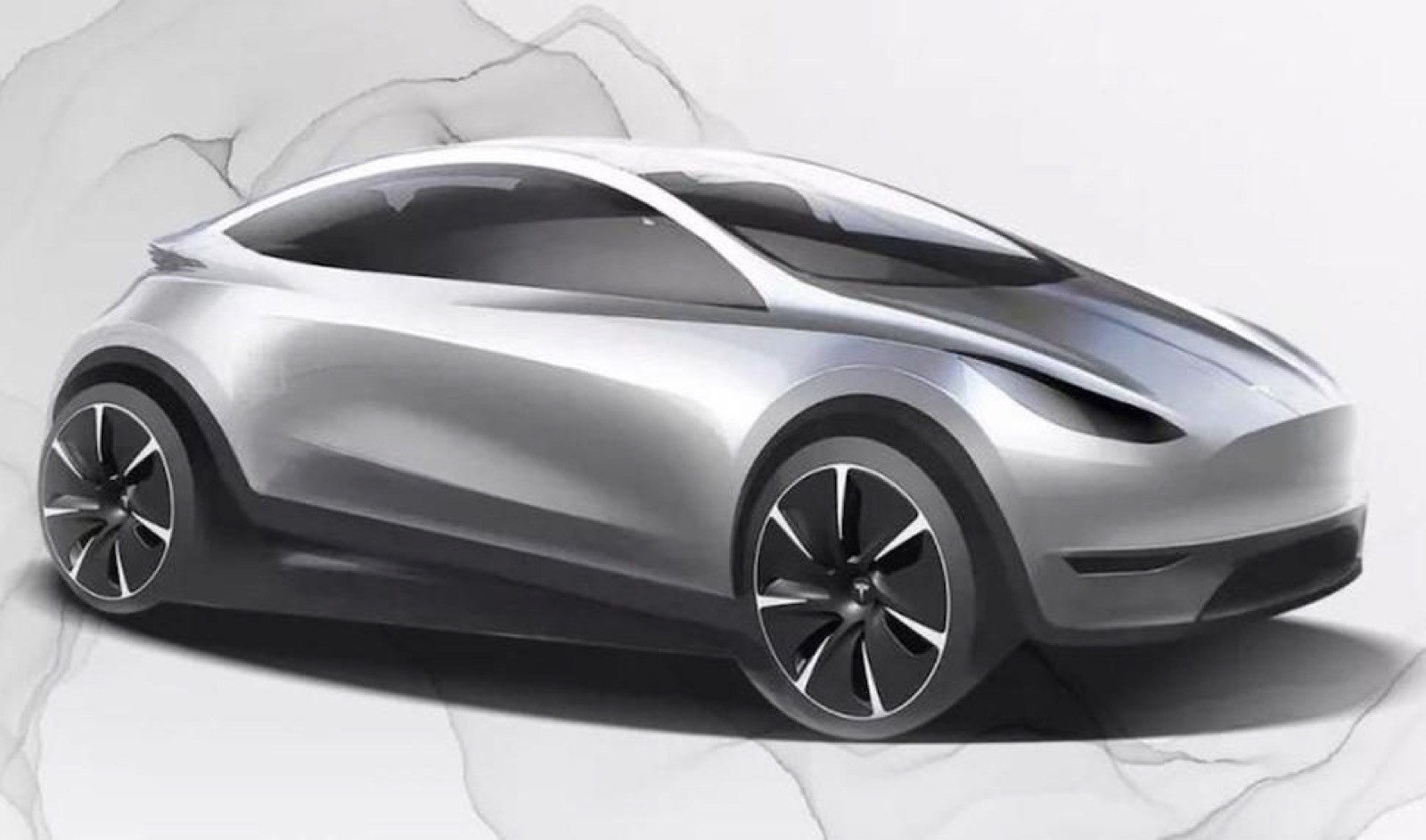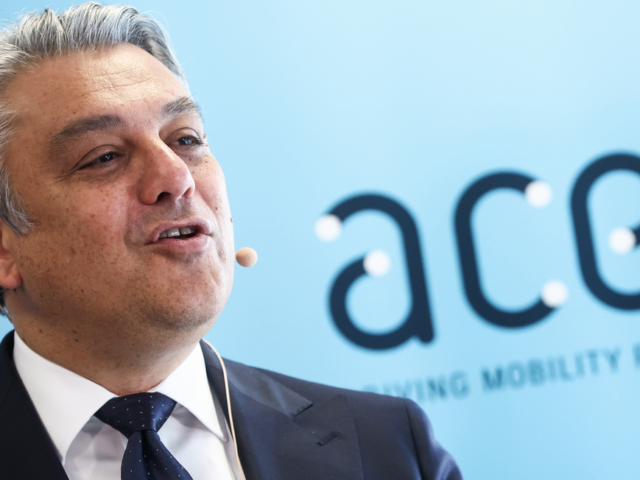
Elon Musk about axing affordable Tesla: ‘Reuters is lying’

If Reuters is right, the Model 2 bites the bullit in favour of the technically similar Robotaxi. /Tesla
Tesla was caught in a whirlwind last week when Reuters reported that the carmaker had axed the development of its affordable compact car. Bu


Comments
Ready to join the conversation?
You must be an active subscriber to leave a comment.
Subscribe Today